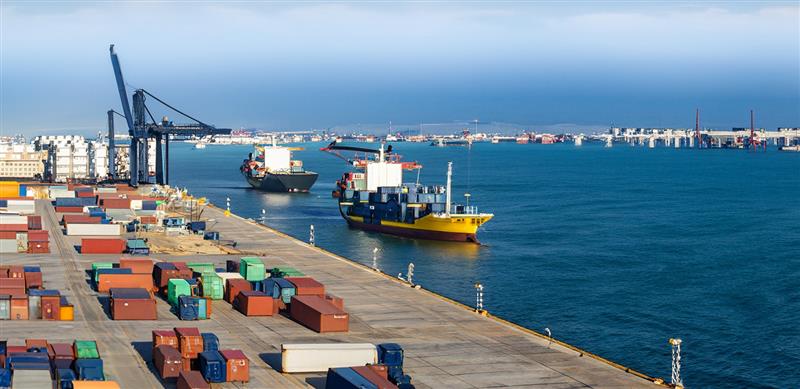
Driving Growth and Social Impact through Infrastructure Investment
Infrastructure investment stands as a cornerstone of economic development, holding the potential to ignite growth while simultaneously addressing pressing social and environmental challenges. The term "infrastructure" encompasses the fundamental physical and organizational structures essential for the functioning of societies and enterprises, spanning transportation networks, energy grids, communication systems, and public facilities.
The strategic deployment of resources into infrastructure investment yields a spectrum of benefits that extend beyond mere physical construction. At its core, this approach has the power to drive economic growth and foster development. A well-maintained and modern infrastructure forms the bedrock for economic advancement by reducing operational costs, increasing efficiency, and facilitating the movement of goods and people. This sets the stage for business expansion, attracting both domestic and foreign investments that contribute to overall economic progress.
Beyond economic growth, infrastructure projects have a far-reaching impact on job creation and the improved standard of living. As major infrastructure initiatives take shape, they require a diverse range of skilled workers, from laborers to engineers. This surge in employment opportunities not only reduces unemployment rates but also uplifts local communities by providing stable employment and subsequently enhancing living standards.
In addition to its economic implications, infrastructure investment catalyzes innovation and competitiveness. Large-scale infrastructure projects often demand the integration of cutting-edge technologies and novel solutions. This necessity drives research and development, fostering innovation and knowledge-sharing among various industries. As a result, nations become better equipped to compete globally in an ever-evolving landscape.
Furthermore, infrastructure investments profoundly affect connectivity and accessibility. By allocating resources to transportation networks, including roads, bridges, ports, and airports, societies enhance their connectivity internally and with neighboring regions. These improved transportation networks facilitate the movement of goods and people, bolstering trade, tourism, and cultural exchange and serving as a potent catalyst for economic growth.

It's important to note that infrastructure investment isn't solely about economics—it significantly impacts the quality of life as well. Thoughtfully planned infrastructure projects ensure that citizens have access to vital services like clean water, sanitation, healthcare facilities, and education centers. This direct enhancement of living conditions contributes to a more equitable society and empowers individuals to lead healthier, more fulfilling lives.
While infrastructure investment holds immense promise, it's not without its challenges. Issues related to funding, regulatory complexity, environmental considerations, and project delays pose hurdles that require careful navigation. Achieving a balance between economic growth, environmental sustainability, and social welfare demands a strategic and comprehensive approach.
The importance of infrastructure investment can’t be overstated. Its potential to drive economic growth, stimulate job creation, foster innovation, enhance connectivity, and elevate the quality of life underscores its critical role in national development. Addressing challenges and leveraging public-private partnerships will be essential to fully realize the transformative impact of infrastructure investment across societies and economies.


